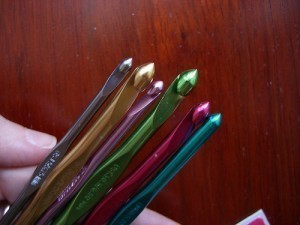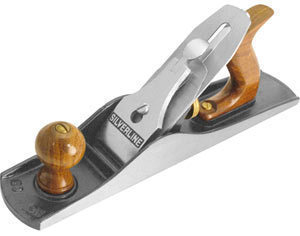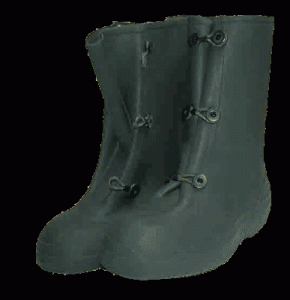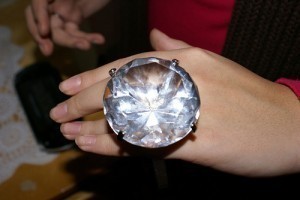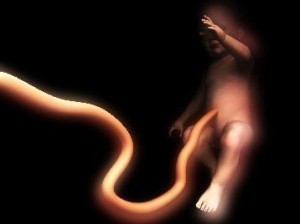Probe Dimensions
The periodontal probe dimensions vary, but far more important than 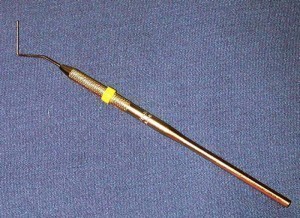 the physical size are the means employed by the device to perform measurements. It is their manner of measuring that distinguishes one probe from another.
the physical size are the means employed by the device to perform measurements. It is their manner of measuring that distinguishes one probe from another.
Periodontal Probe Measurements
While the measuring systems differ, they are all set at the tip of the instrument. For instance, the Michigan O probe possesses markings at 3 mm, 6 mm and 8 mm. The PCP12 probe has the Marquis markings, which has alternate shades for every 3 mm.
The Williams probe is designed with circumferential lines at the 1, 2, 3, 5, 7, 8, 9 and 10 mm marks. Compared with other periodontal probe dimensions, the Naber probe is curved. This is utilized for the measurement of the furcation spot around a tooth’s root.
Purpose, Function and Features
The periodontal probe is a tool employed in dentistry. It is utilized in the dental armanentarium. The typical periodontal probe is long and thin. The end is blunted.
The main task of the probe is to gauge the pocket depths surrounding a tooth. This is performed to determine the health status of the periodontium. The markings set at the head of the tool are used for readability and accuracy.
Usage
Whatever the periodontal probe dimensions used, correct utilization of the instrument is needed to get accurate results. The tip of the probe is set with light pressure (around ten to twenty grams) at the gingival sulcus. This area is between a tooth and the tissue encompassing it.
It is vital to maintain the instrument parallel to the outline of the root of the tooth. The instrument must also be put to the pocket base.
The first visible marking over the pocket denotes the pocket depth measurement. According to studies, the average depth for a healthy pocket is 3 mm. There is also no bleeding when it is probed.
If the depth is more than 3 mm, it may be linked to tooth attachment loss encompassing the alveolar bone. This is typical in periodontitis. If the pocket depth is more than 3 mm, it may also be indicative of gingival hyperplasia. The probe can also be used for measuring other dental equipment.
More than the periodontal probe dimensions, it is the features that determine its other functions. Many of the probes available today can be used for oral lesions, attached gingiva, gingival recession and tooth preparation throughout restorative processes.
